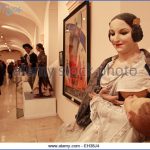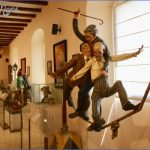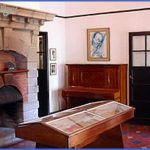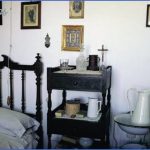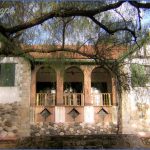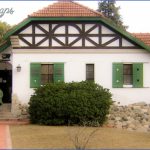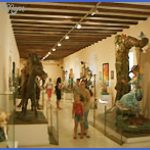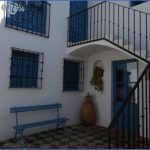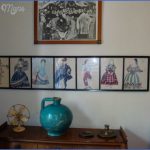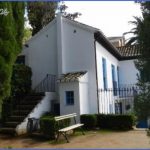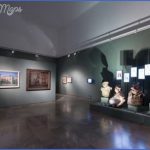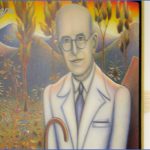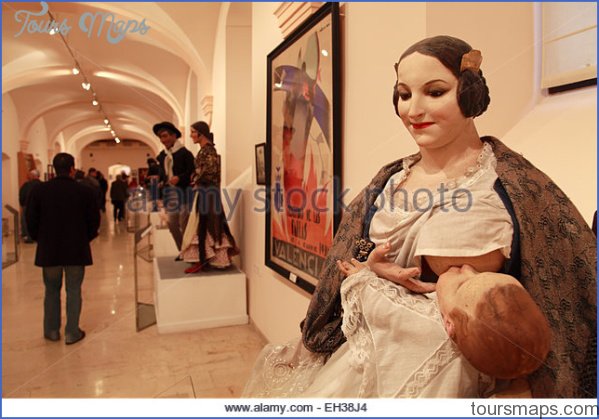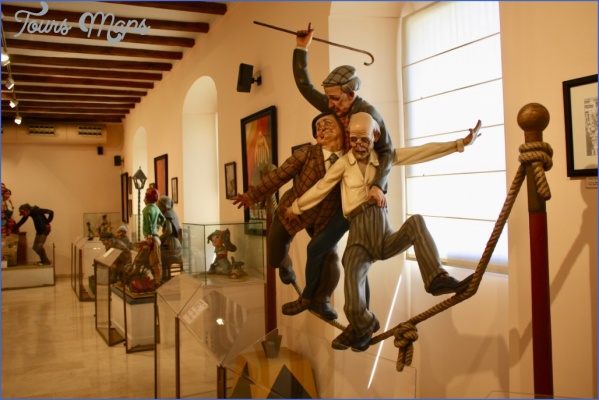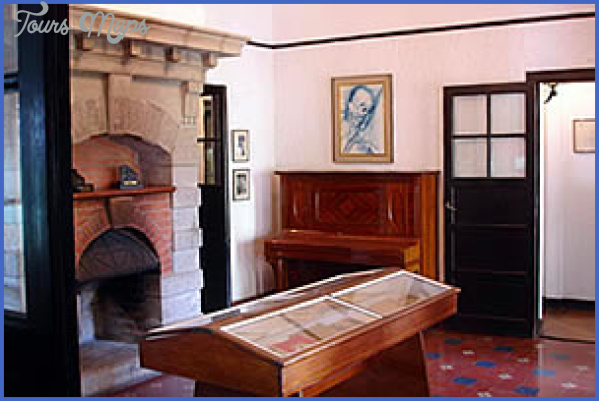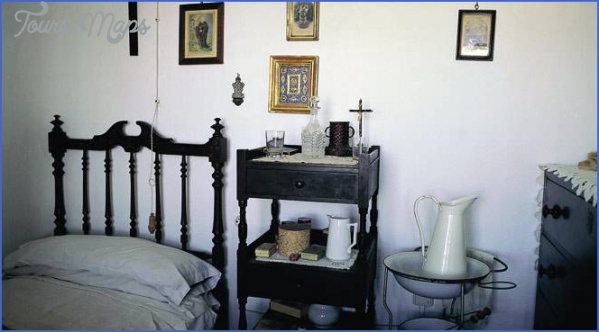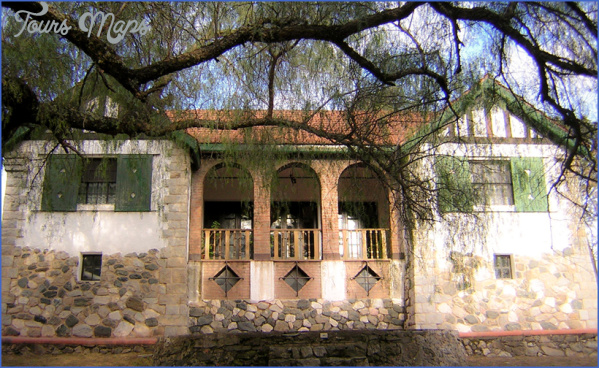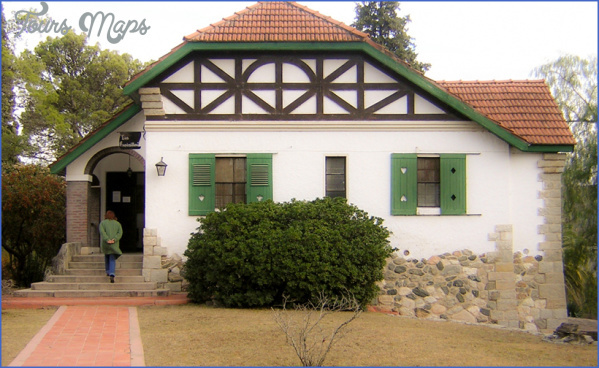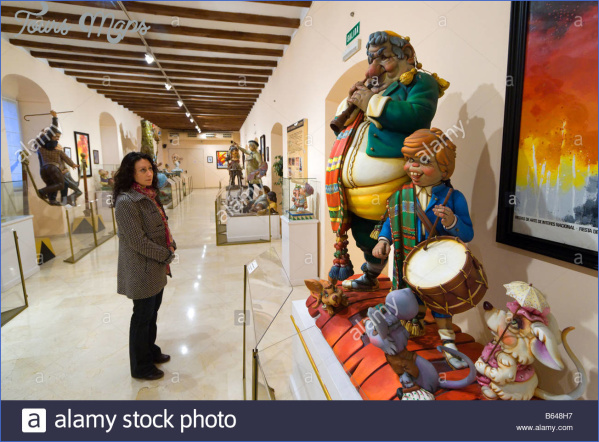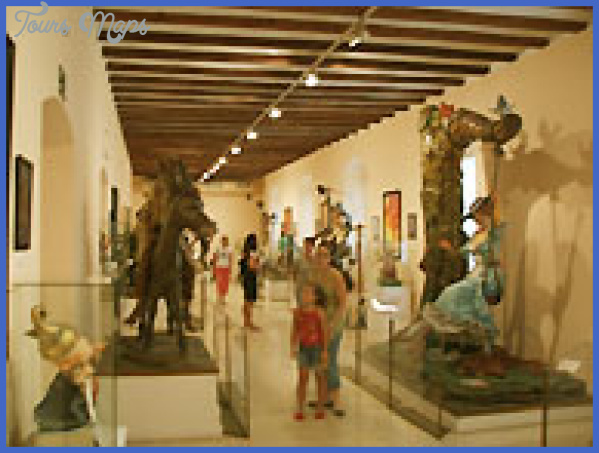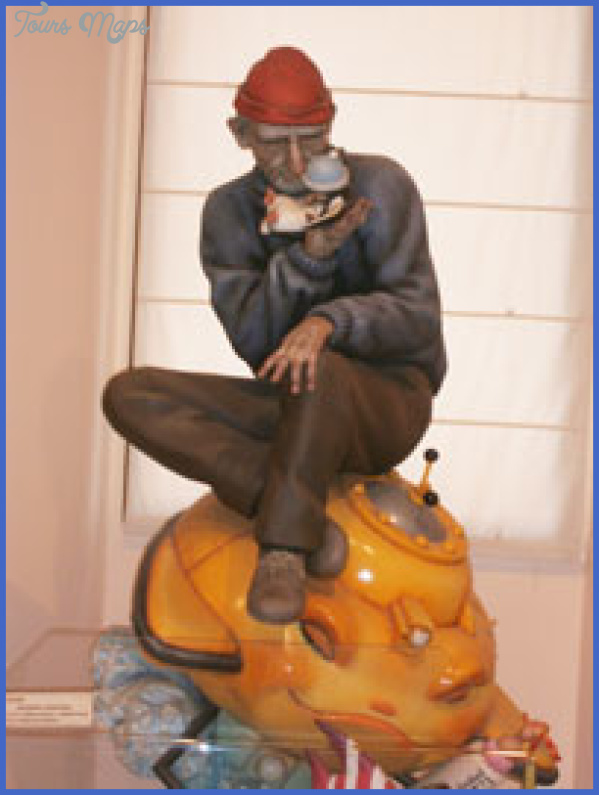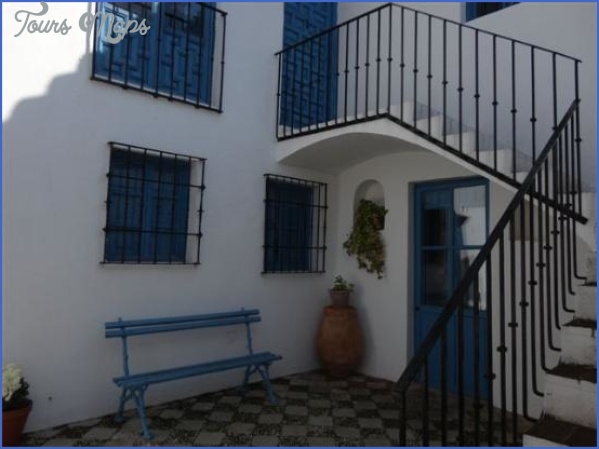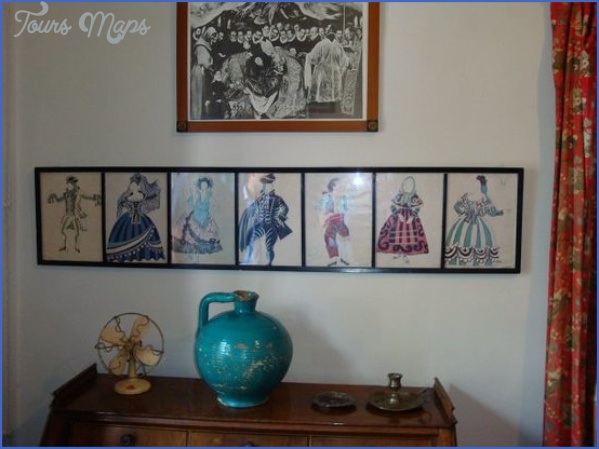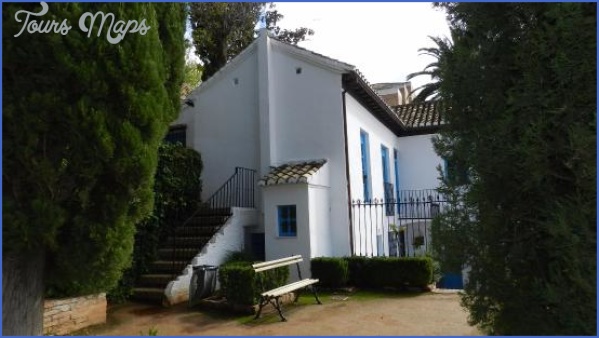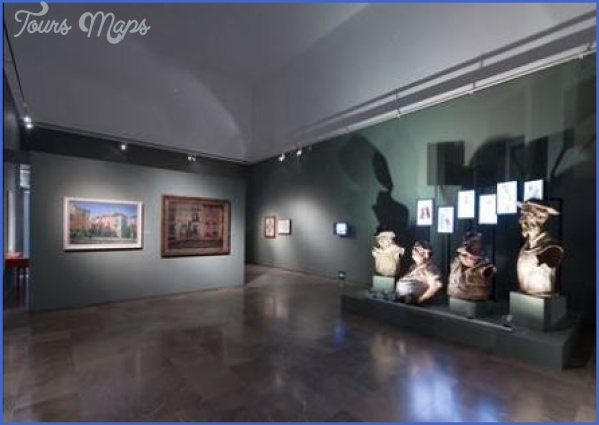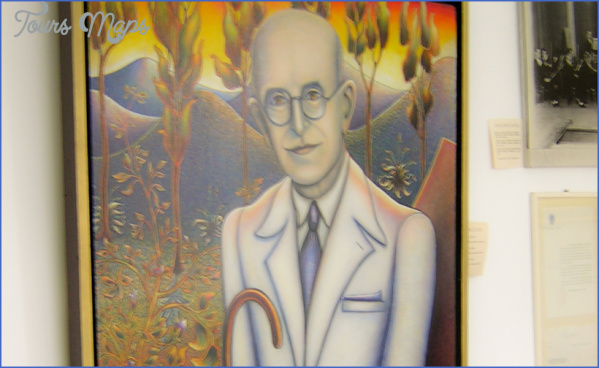FALLA MUSEUM
At the end of a quiet little lane on the southern slopes of the Alhambra, overlooking Granada and the panorama of the valley and the Sierra Nevada mountains beyond, Manuel de Falla, born in 1876, lived in a modest, white-washed dwelling with a garden (known locally as a ‘carmen’) for 18 years between 1921 and 1939. After studies and an early career in Madrid and Paris, he chose Granada primarily as a quiet place to get on with The courtyard of Falla’s carmen in Granada Rights were not granted to include these illustrations in electronic media. Please refer to print publication composing. It also provided a lively literary and artistic community as well as a magnet for his European friends, although in the end the political repression of the Civil War and the threat of Spain’s involvement in the impending world war drove him to seek exile, first in Majorca (1933-4) and finally in Argentina.
FALLA MUSEUM Photo Gallery
Behind him were the recent successes of El sombrero de tres picos (‘The Three-Cornered Hat’), on which he collaborated with Picasso for Diaghilev, and the Fantasia betica which he dedicated to Artur Rubinstein. He was at the height of his powers when he settled in Granada, and although he lived a disciplined, ascetic life at home at Antequerela Alta 11 (which he shared with his sister Maria del Carmen) he often travelled in Spain as well as to Paris and London for performances of his works. He became close friends with the writer Federico Garda Lorca and the artist Hermenegildo Lanz; together they sought out the folk roots of the Grenadine countryside. In 1922 Falla and Lorca organized an Andalusian folksong festival and in the following year began collaborating on children’s puppet shows. Falla’s house, open today as a museum, gives a picture of his existence, in miniature – simple surroundings provide the backdrop for Picasso’s watercolours for El sombrero de tres picos, ceramic plates by Chavarri of scenes from Don Manuel’s best-loved works, presents of works of art from Debussy and Ravel as well as Lorca, and photographs of him with his visitors, among them Segovia. The house is entered through a walled courtyard filled with potted plants and hanging vines. To the side is the garden he so prized, with his beloved cypresses. The house, small in scale, is on two levels: on the lower is the dining-room, kitchen and bathroom, on the upper his study and living-room with his upright piano, the two bedrooms and his library. The furniture is mostly locally crafted (one’s eye is drawn to the name board of a Clementi square piano which he artfully converted to a window pelmet) as are the wrought ironwork and the braided rush mats. His hypochondria is reflected in the various vials and boxes of medication he left behind, not to mention his baby hot-water bottle, thermos flask, toothbrushes, loofah and barbells – all exhibited there. Religious pictures and icons are found in every room of the house (which is called ‘Ave Maria’); attending Mass with his sister at the church below the house at San Cecilio was one of his rituals.
When Falla left for Argentina in 1939 he took only his unfinished score of his ‘scenic cantata’ Atlantida and a few clothes, leaving behind his books, scores and memorabilia. The house was maintained by friends just as he left it, although from time to time he asked for things to be sent to him. When in 1941 it was burgled, he had it closed up: his belongings were catalogued and stored until 1962, when the town council of Granada purchased the property. The detailed pictures that his friend Lanz had drawn of every room provided the evidence for reconstructing his home when in 1965 it became a museum. His library, together with a rich archive of documents assembled in Madrid, formed the core of the collection of the new, state-of-the-art Archivo Manuel de Falla, on the hill just above the house in the Centro Manuel de Falla, which offers exhibition areas, a lecture and seminar room and practice rooms as well as a large, flexible auditorium (designed by the husband of Falla’s only niece, the architect J.M. Garda de Paredes, and opened in 1978), which serves as an important venue for the annual festival.
Don Manuel’s Argentine home, Los Espinillos, at Alta Gracia (near Cordoba), where he lived from 1942 until his death there in 1946, is also a museum, displaying in much the same spirit his scores, works of art and personal effects. The house, on a hill, has a garden with cypress trees and a beautiful mountainous vista. His sister returned to Spain with the composer’s coffin for its interment in the crypt of the cathedral at Cadiz, his birthplace.
Maybe You Like Them Too
- Top 10 Islands You Can Buy
- Top 10 Underrated Asian Cities 2023
- Top 10 Reasons Upsizing Will Be a Huge Travel Trend
- Top 10 Scuba Diving Destinations
- World’s 10 Best Places To Visit

